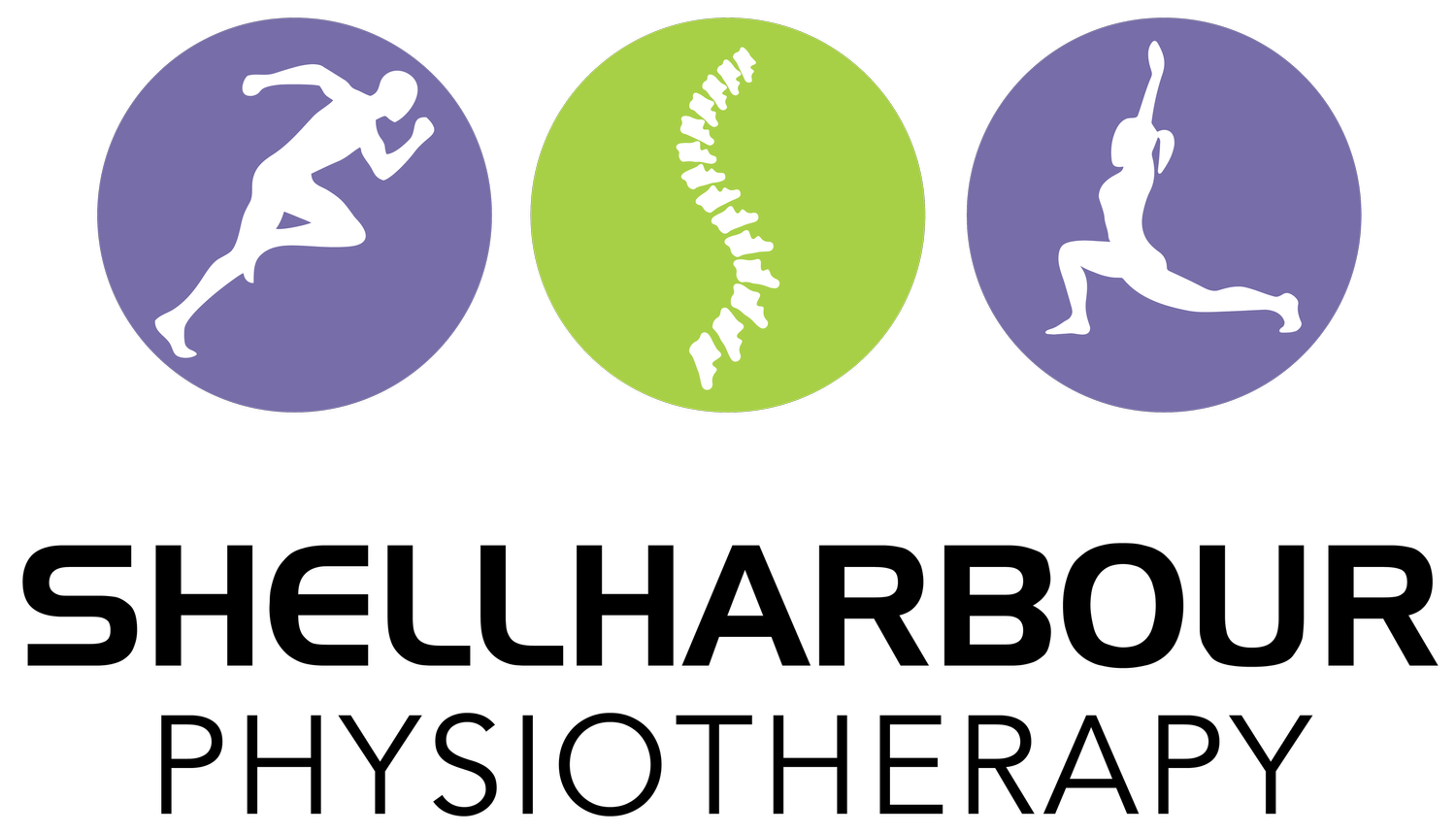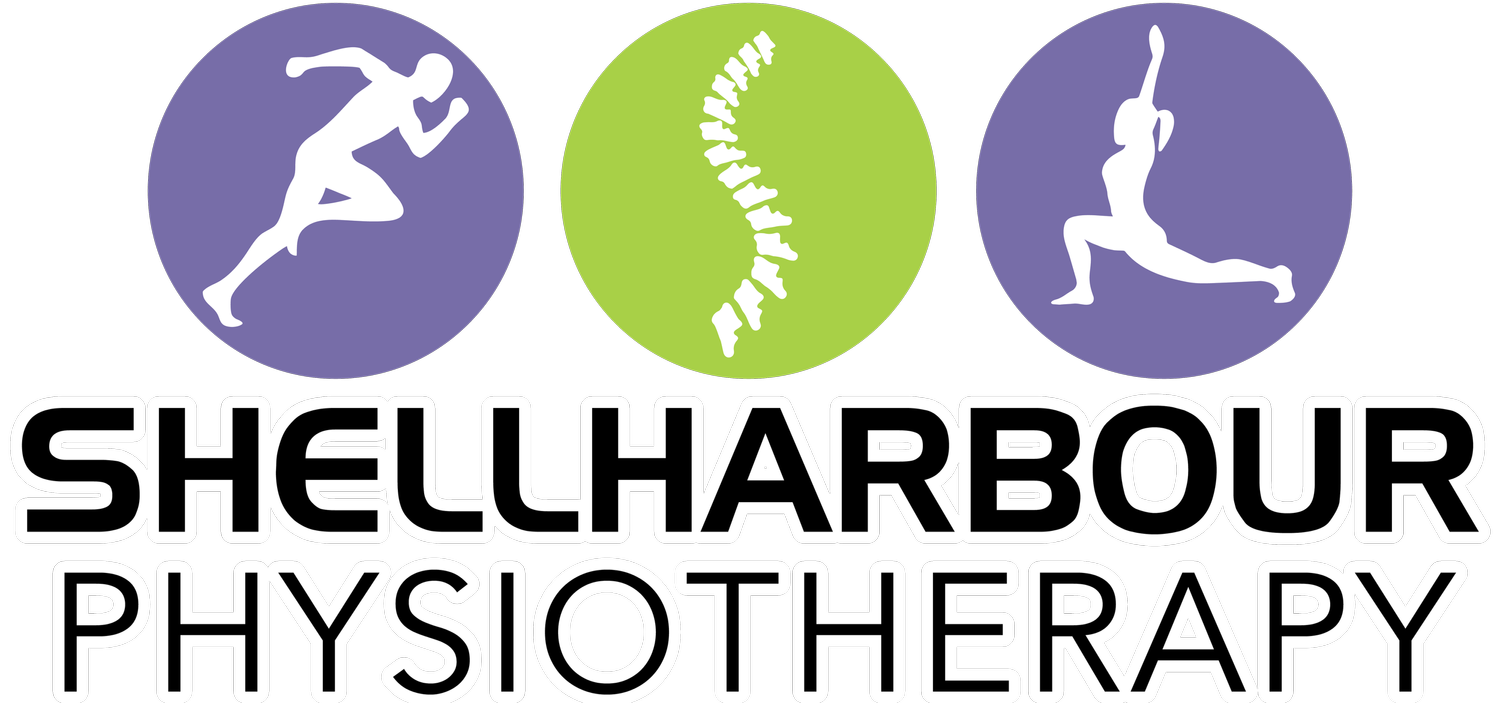THE INJURY CYCLE
If we repetitively do the same tasks (e.g. walking to work, taking a corner kick, picking up the laundry basket or standing for 5 hours at work) our bodies adapt and become “fit” to these activities. This means we can do these tasks with relatively little effort and with little risk of injury.
When taking a break from these tasks, we begin to lose this adaptation or “fitness” and returning to these activities can feel harder than usual. Sometimes when the activity is too hard for our fitness levels this can lead to getting injured.
It’s common for people to then stop doing these tasks altogether, therefore losing more fitness and making it harder to get back to the activities they were doing before. We call this the injury cycle!
the injury cycle in action
Here’s an example
Jessica slips over on the way to work and hurts her knee. She stops walking to work and going to the gym as she is worried she will further injure her knee.
Jessica rests for 4 weeks and her knee settles down but after a week of walking to work again she starts getting a stiff feeling in her knee again. She also notices at rowing training that her back and arm muscles feel far more tight than usual as she hasn’t been doing any back and upper body work at the gym.
Jessica doesn’t realize that her body has adapted to everything she does in a week (walking to work, her work, her gym and rowing training) and it enables her to do these things comfortably with less risk of injury and pain.
Treatment Options
When treating people’s injuries we try to keep them moving and loading as much as their injuries allow. This sometimes also involves giving exercises for other (uninjured) parts of their bodies to stop them de-conditioning so they can return to their sports and activities as smoothly as possible without injuring other areas.
We’ll likely aim to get the injured area stronger than before the injury for 2 reasons:
Muscle weakness may be the reason the injury happened in the first place
Your muscles may have to compensate for structures that have been damaged in the injury (e.g a ligament that is now “looser” or no longer there after its been injured).
Essentially we want to future proof you and pull you out of the injury cycle!
We are lucky to have Exercise Physiologists ↗ and Physiotherapist ↗ with strong strength and conditioning backgrounds that can guide you through your rehab journey and break the cycle!!!






